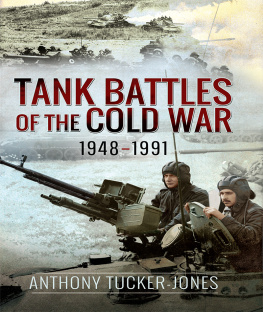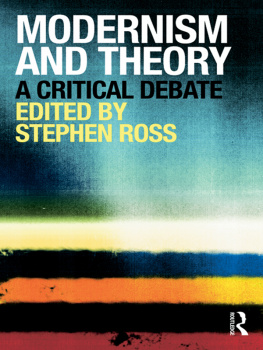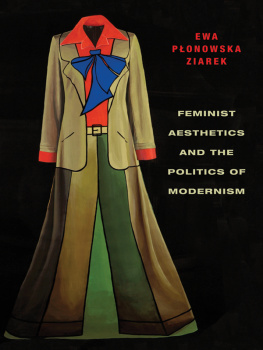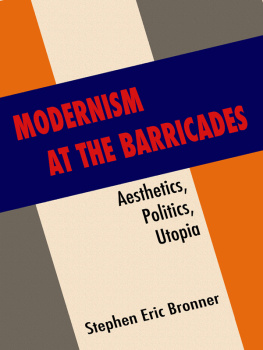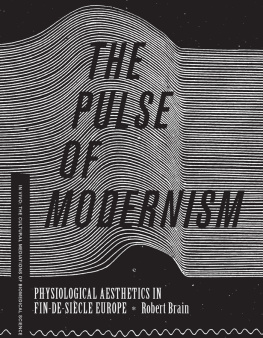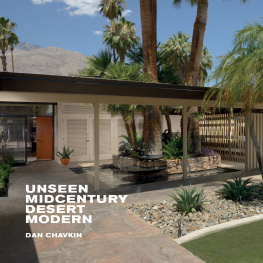Lee Pamela M. - Think Tank Aesthetics: Midcentury Modernism, the Cold War, and the Neoliberal Present
Here you can read online Lee Pamela M. - Think Tank Aesthetics: Midcentury Modernism, the Cold War, and the Neoliberal Present full text of the book (entire story) in english for free. Download pdf and epub, get meaning, cover and reviews about this ebook. year: 2020, publisher: MIT Press, genre: Art. Description of the work, (preface) as well as reviews are available. Best literature library LitArk.com created for fans of good reading and offers a wide selection of genres:
Romance novel
Science fiction
Adventure
Detective
Science
History
Home and family
Prose
Art
Politics
Computer
Non-fiction
Religion
Business
Children
Humor
Choose a favorite category and find really read worthwhile books. Enjoy immersion in the world of imagination, feel the emotions of the characters or learn something new for yourself, make an fascinating discovery.

- Book:Think Tank Aesthetics: Midcentury Modernism, the Cold War, and the Neoliberal Present
- Author:
- Publisher:MIT Press
- Genre:
- Year:2020
- Rating:3 / 5
- Favourites:Add to favourites
- Your mark:
- 60
- 1
- 2
- 3
- 4
- 5
Think Tank Aesthetics: Midcentury Modernism, the Cold War, and the Neoliberal Present: summary, description and annotation
We offer to read an annotation, description, summary or preface (depends on what the author of the book "Think Tank Aesthetics: Midcentury Modernism, the Cold War, and the Neoliberal Present" wrote himself). If you haven't found the necessary information about the book — write in the comments, we will try to find it.
Lee Pamela M.: author's other books
Who wrote Think Tank Aesthetics: Midcentury Modernism, the Cold War, and the Neoliberal Present? Find out the surname, the name of the author of the book and a list of all author's works by series.
Think Tank Aesthetics: Midcentury Modernism, the Cold War, and the Neoliberal Present — read online for free the complete book (whole text) full work
Below is the text of the book, divided by pages. System saving the place of the last page read, allows you to conveniently read the book "Think Tank Aesthetics: Midcentury Modernism, the Cold War, and the Neoliberal Present" online for free, without having to search again every time where you left off. Put a bookmark, and you can go to the page where you finished reading at any time.
Font size:
Interval:
Bookmark:
- Introduction
- Chapter 1
- Chapter 2
- Chapter 3
- Chapter 4
- Coda
- Plates
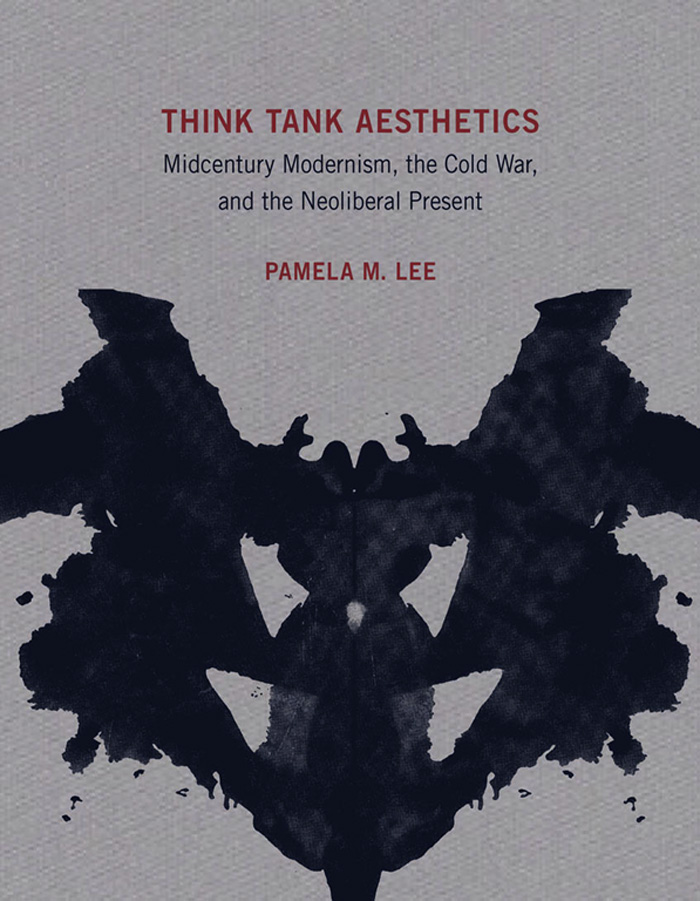
THINK TANK AESTHETICS
THINK TANK AESTHETICS
Midcentury Modernism, the Cold War, and the Neoliberal Present
PAMELA M. LEE
The MIT Press
Cambridge, Massachusetts
London, England
2020 Massachusetts Institute of Technology
All rights reserved. No part of this book may be reproduced in any form by any electronic or mechanical means (including photocopying, recording, or information storage and retrieval) without permission in writing from the publisher.
This book was set in Garamond Premier Pro and Trade Gothic by the MIT Press.
Endpapers: Patricio Guzmn, still, Nostalgia de la luz, 2010. Patricio Guzmn, Atacama Productions. Courtesy Icarus Films.
Library of Congress Cataloging-in-Publication Data
Names: Lee, Pamela M., author.
Title: Think tank aesthetics : midcentury modernism, the Cold War, and the neoliberal present / Pamela M. Lee.
Description: Cambridge, MA : The MIT Press, 2020. | Includes bibliographical references and index.
Identifiers: LCCN 2019017908 | ISBN 9780262043526 (hardcover : alk. paper)
Subjects: LCSH: ArtPolitical aspectsHistory20th century. | Modernism (Aesthetics) | Research institutes. | Neoliberalism.
Classification: LCC N72.P6 L44 2020 | DDC 701/.17dc23
LC record available at https://lccn.loc.gov/2019017908
10987654321
d_r0
- -->
- -->
- -->
- -->
- -->
- -->
- -->
- -->
- -->
- -->
- -->
- -->
- -->
- -->
- -->
- -->
- -->
- -->
- -->
- -->
- -->
- -->
- -->
- -->
- -->
- -->
- -->
- -->
- -->
- -->
- -->
- -->
- -->
- -->
- -->
- -->
- -->
- -->
- -->
Acknowledgments
This book took root at Stanford University and could not have been written without that institution's largesse and support. Stanford's Cold War imbrications are writ large across the following pages thanks to the extraordinary archives of its resident think tank, the Hoover Institution on War, Revolution and Peace. But far more than that, a debt of gratitude is owed to friends and colleagues with whom I worked at Stanford for over two decades from the Department of Art and Art History and across campus. In 1997, I came to know Michael Marrinan and Jody Maxmin at the Nathan Cummings Art Building; together they provided support and advice to their new colleague. I also thank Alex Nemerov, as current Chair of the Department; Nancy Troy, as former Chair; and Pavle Levi, Richard Meyer, Scott Bukatman, and Jean Ma for their friendship and collegiality. Elis Imboden and the staff in the Department of Art and Art History generously enabled my research in countless ways. Many thanks to Debra Satz, the former Associate Dean and now Dean of the Humanities and Sciences. Thank you to many colleagues in Faculty against the War, especially David Palumbo-Liu for discussions on rational choice theory and the humanities. I acknowledge the late Stanford economist and national security expert Henry (Harry) Rowen (19252015), president of RAND during some of its most embattled years. Harry graciously shared memories of his think tank colleagues and their aesthetic inclinations and was nothing but receptive when asked a seemingly eccentric line of questions by an art historian.
Elsewhere on The Farm, as Stanford is known within the community, deep bows to Fred Turner in the Department of Communication for his friendship, spirit and intellectual camaraderie, whether delighting in the work of Norbert Wiener or grousing about Silicon Valley. Fred was a cherished interlocutor during my tenure in Palo Alto. For years, we cotaught two graduate seminars, Media Cultures of the Cold War and Media Technology Theory, that served as pedagogical fora for the kind of interdisciplinary exercises this book means to track historically. On this note, I also acknowledge the many doctoral students who took these seminars, some of whom served as research assistants over the long course of writing what follows, and some of whom went on to write dissertations, later appearing as books in their own right, that began as research papers for these classes. They include John Blakinger, Kate Cowcher, Sydney Simon, Oliver Shultz, Kyle Stephans, Ellen Tani, James Thomas, and Gregor Quack. Gregor provided invaluable and timely assistance with image rights and reproductions: his good will, institutional smarts, and due diligence are much appreciated.
Think Tank Aesthetics was brought to its conclusion at Yale University, and I am grateful to students, colleagues, and staff in the Department of the History of Art for their exceptionally warm welcome. In the Department, thank you to Nicole Chardiet for logistical assistance and much more; in the Dean's and Provost's Offices, my thanks to Tamar Gendler, Amy Hungerford, and Emily Bakemeier for smoothing this institutional transition. As Chair of the Department of the History of Art and Architecture, Tim Barringer needs to be singled out for his incredible generosity, openness, and excellent humor in bringing me to the other side of the country and preparing the ground well in advance. Of course, Yale, like Stanford, has its own entrenched Cold War history. The irony is not lost on me that I attended lectures on nuclear strategy as an undergraduate at Yale (and lobbied for nuclear disarmament as an extracurricular activity) during the waning years of the Cold War.
There is, finally, yet another Cold War university to which I owe innumerable thanks: MIT. The MIT Press and Roger Conover have supported me for over two decades. With Think Tank Aesthetics I will have published four monographs under Roger's stewardship and guidance. As he steps down from helming the art and architecture list at the Press after forty years, I acknowledge his steadfast insight, encouragement, and faith in my projects. I thank as well many other individuals at the Press, including Gabriela Bueno Gibbs, Matthew Abbate, and Erin Hasley for their knowledge, patience, and many efforts on behalf of this book.
A generous Art Writers Grant from Creative Capital supported research for this book in its early stages. I am deeply grateful to Margaret Sundell and Pradeep Dalal for their leadership and for the inaugural boost to this project.
.
Since beginning this project well over a decade ago, I've presented the topic in many universities, art schools, and museums, including the University of Chicago; the Piet Zwart Academy and Witte de With Center for Contemporary Art, Rotterdam; University College London; the University of California, Los Angeles; Stockholm University; the Graduate Center of the City University of New York; Louisiana Museum, Humlebk, Denmark; Princeton University; Yale University; the MA Program in Critical Studies, California Institute of the Arts, Los Angeles; the University of California, Santa Cruz; Kunsthalle Bern and Institut fr Kunstgeschichte, Bern; Goethe Universitt and Stdelschule, Frankfurt; Harvard University; the Johns Hopkins University; the Whitney Museum Independent Study Program, New York; Moderna Museet, Stockholm; and Stedelijk Museum, Amsterdam. There are many colleagues to thank for these invitations and their comments and suggestions. I regret I will undoubtedly leave some names from this list, but I do want to mention Simon Baier, George Baker, Daniel Birnbaum, Charlotte Bydler, Bik Van der Poel, Stephen J. Campbell, Eva Ehninger, Jennifer Gonzalez and Warren Sack, Isabelle Graw, Stephanie Heraeus, Toni Hildebrandt and Kristian Handberg, Valrie Knoll and James Wiltgen, and Fredrik Lieuw.
Font size:
Interval:
Bookmark:
Similar books «Think Tank Aesthetics: Midcentury Modernism, the Cold War, and the Neoliberal Present»
Look at similar books to Think Tank Aesthetics: Midcentury Modernism, the Cold War, and the Neoliberal Present. We have selected literature similar in name and meaning in the hope of providing readers with more options to find new, interesting, not yet read works.
Discussion, reviews of the book Think Tank Aesthetics: Midcentury Modernism, the Cold War, and the Neoliberal Present and just readers' own opinions. Leave your comments, write what you think about the work, its meaning or the main characters. Specify what exactly you liked and what you didn't like, and why you think so.


